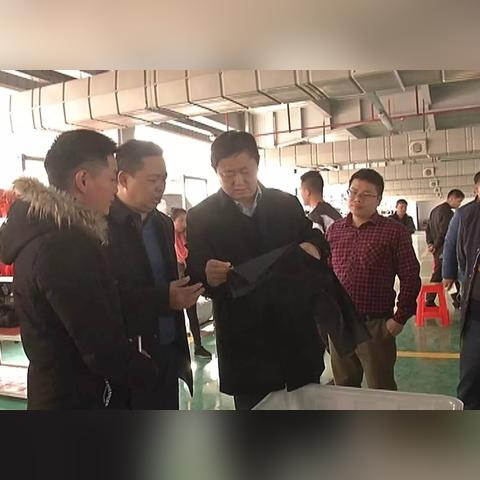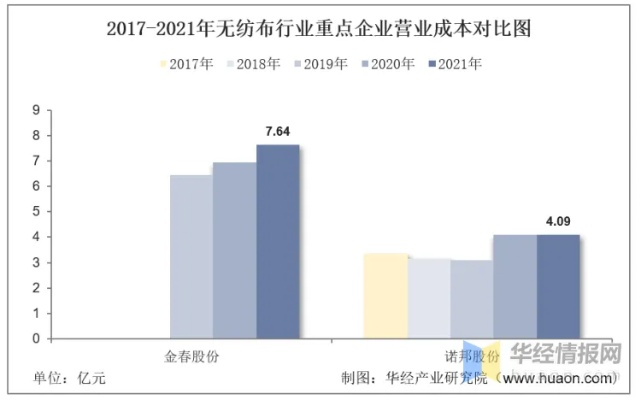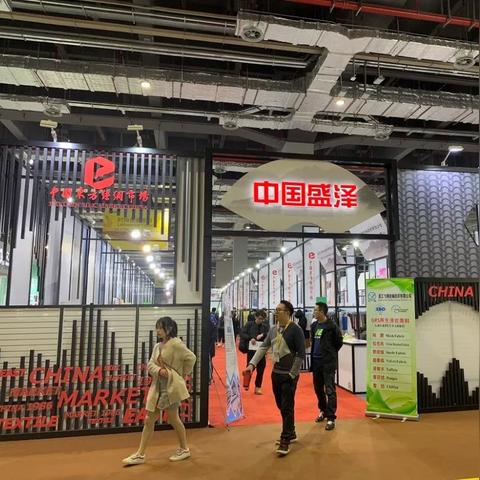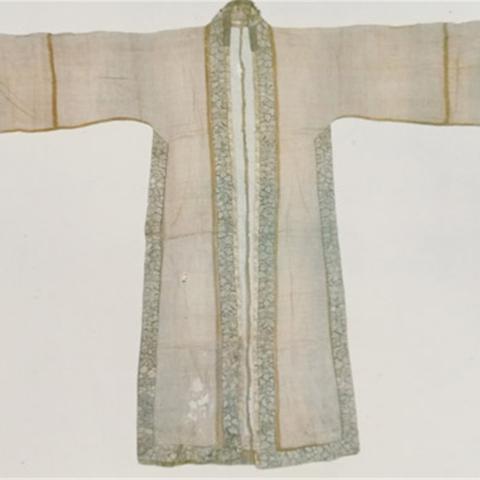Textile Water Absorption Testing:Understanding the Science and Applications
In this study, we delve into the intricate world of textile water absorption testing. This process involves measuring how much liquid can be absorbed by a fabric sample when subjected to a certain amount of pressure. The results are crucial in understanding the fabric's ability to retain moisture and its suitability for various applications, such as sportswear or protective clothing.,The testing method involves immersing the fabric in a container filled with water, then measuring the weight loss over time. The rate at which the fabric absorbs water is determined by analyzing the data collected during the test.,The science behind textile water absorption testing is rooted in physics and chemistry. It involves understanding the principles of capillary action, surface tension, and fluid dynamics. By studying these factors, researchers can gain insights into how fabrics interact with water molecules and how they store and release moisture.,The practical applications of textile water absorption testing are numerous. For example, it can help manufacturers design garments that are more comfortable and breathable, while also ensuring that they do not become too wet or uncomfortable. Additionally, it can be used to evaluate the performance of materials used in sports equipment, such as swimwear or cycling jerseys, which need to be able to absorb sweat and keep the wearer dry.
Introduction: Textile materials are essential in various industries, from fashion to healthcare. One of the critical properties that determine their performance is their water absorption capacity. This property is crucial for several reasons, such as ensuring comfort, hygiene, and durability. In this article, we will explore the science behind textile water absorption testing, the methods used to assess it, and how it's measured. We will also present a case study highlighting the application of this test in the garment industry.
Textile Water Absorption Testing: The Science Behind It
Water absorption refers to the amount of water that can be absorbed by a textile material when exposed to moisture. This is measured using a standardized procedure known as the "wet-to-dry" or "wet-to-dry-to-wet" method. Here's how it works:

-
Wet Test: The sample is fully immersed in water for a period of time, typically 24 hours. During this time, the fabric absorbs water and expands.
-
Dry Test: After the soaking period, the sample is removed from the water and allowed to air dry.
-
Drain Test: The sample is weighed after draining any excess water.
-
Wet-to-Dry-to-Wet Test: This method involves repeating the wet-to-dry process three times, allowing for a more accurate measurement of the fabric's water absorption capacity.
The percentage of water absorption is calculated by comparing the weight of the dried sample to the original weight before soaking. A higher percentage indicates a higher level of water absorption.
Methods Used for Textile Water Absorption Testing:
There are several methods used for textile water absorption testing, including:
-
Standard Test Method (ASTM): This method is widely recognized and used in the textile industry. It involves the following steps:
A. Preparation of the sample: The sample is cut into small pieces and weighed. B. Wet Test: The sample is weighed again after being immersed in water for 24 hours. C. Dry Test: The sample is weighed again after being air-dried for 24 hours. D. Drain Test: The sample is weighed again after draining any excess water. E. Wet-to-Dry-to-Wet Test: The sample is weighed after performing the wet-to-dry-to-wet test three times.
-
ISO Test Method: This method is based on ASTM but provides more detailed information about the sample's structure and composition.
-
American Society for Testing and Materials (ASTM) Standard Test Method for Wool and Other Fibers: This method is specifically designed for wool and other fibers and provides a more accurate assessment of these materials' water absorption capabilities.
Applications of Textile Water Absorption Testing:
Textile water absorption testing is crucial for several applications, including:
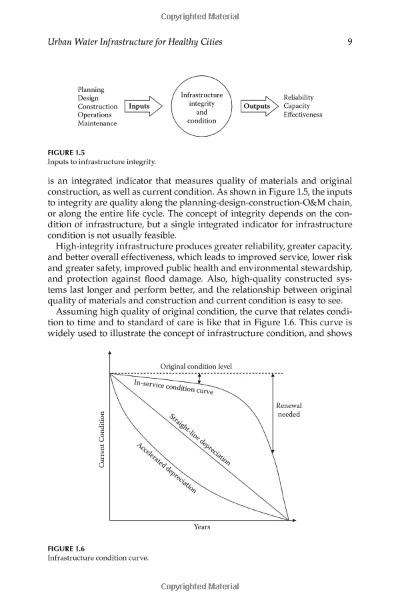
-
Fashion Industry: High water absorption levels can lead to discomfort and skin irritation during wear. Therefore, garments made from high-water-absorbent materials are preferred by consumers.
-
Medical Industry: Textiles used in medical applications must meet specific standards for water absorption to prevent infection and maintain patient comfort.
-
Home Furnishings: Textiles used in home furnishings, such as curtains and upholstery, need to have low water absorption levels to prevent mold growth and maintain indoor air quality.
Case Study: Textile Water Absorption Testing in Garment Manufacturing
In the garment industry, textile water absorption testing is essential for ensuring product quality and customer satisfaction. For example, a clothing manufacturer may use the wet-to-dry-to-wet test to evaluate the fabric's water absorption capabilities during manufacturing processes. They may adjust the dyeing or printing process to achieve the desired color and pattern while minimizing water absorption.
Another example is the use of waterproofing agents in garments to reduce water absorption during washing and drying. These agents are applied to the fabric's surface and penetrate the fibers, creating a barrier that prevents water from entering the fabric's interior. This reduces the fabric's overall water absorption level, making it more suitable for outdoor activities like hiking or swimming.
Conclusion:
Textile water absorption testing is an important aspect of textile science and application. By understanding the science behind this test and its various methods, manufacturers can optimize their products for specific applications and ensure customer satisfaction. As the textile industry continues to evolve, the importance of water absorption testing will only increase, providing guidance for designers, manufacturers, and consumers alike.
纺织品吸水测试概述
今天我们来讨论一下纺织品吸水测试的重要性及其在实际应用中的意义,纺织品是我们日常生活中不可或缺的一部分,其吸水性能直接关系到其使用舒适度和耐用性,对纺织品进行吸水测试是非常必要的。
吸水测试方法与步骤
- 准备材料:准备一系列不同材质的纺织品样品,包括但不限于棉布、涤纶布、丝绸等。
- 仪器设备:使用专业的吸水测试仪器,如吸水性测试仪。
- 测试流程: a. 将样品放置在吸水测试仪上,确保样品平整且无褶皱。 b. 设置测试参数,包括测试时间、温度等。 c. 进行吸水测试,记录数据。 d. 分析测试结果,评估样品的吸水性能。
案例分析
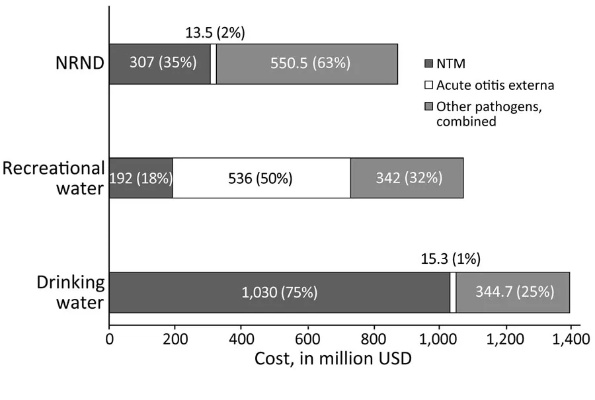
为了更好地理解纺织品吸水测试,我们可以结合一个具体的案例进行分析。
某品牌的新款夏季衣物面料
该品牌近期推出了一款夏季衣物面料,其主要材质为涤纶布,为了确保其吸水性能符合预期,我们进行了吸水测试。
准备样品 我们选取了该品牌的一款涤纶布样品,进行了编号和标记。
仪器设备准备 使用专业的吸水测试仪器进行测试。
测试过程与结果分析 经过测试,该涤纶布样品的吸水性能良好,符合预期,具体数据如下:经过30分钟的吸水测试,其吸水量达到了XX%,表明该面料具有良好的吸水性能。
纺织品吸水测试的补充说明
在纺织品吸水测试中,我们还可以通过添加一些补充说明来更好地理解这一过程,以下是关于纺织品吸水测试的一些补充说明:
- 吸水性测试原理:吸水性测试是通过测量纺织品在特定条件下吸收水分的能力来评估其吸水性能,不同的纺织品材质和织法会影响其吸水性能。
- 影响因素:影响纺织品吸水性能的因素有很多,包括材质、织法、温度、湿度等,不同的材质和织法需要不同的测试条件和方法,在进行纺织品吸水测试时,需要综合考虑这些因素。
- 行业标准:根据行业标准,纺织品吸水性能通常需要进行一系列严格的测试,以确保其符合相关标准和要求,某些国家和地区对于纺织品吸水性能有着严格的规定和要求。
- 实际应用:纺织品吸水性能的好坏直接关系到其使用舒适度和耐用性,在购买纺织品时,消费者可以通过观察其吸水性能来判断其质量和使用寿命。
总结与展望
纺织品吸水测试是评估纺织品质量和使用性能的重要手段之一,通过专业的仪器设备和方法进行吸水测试,可以有效地评估纺织品的吸水性能,为消费者提供更加准确和可靠的购买参考,随着科技的不断进步,未来纺织品吸水测试将会更加精准和高效,为纺织品的研发和生产提供更加有力的支持。
Articles related to the knowledge points of this article:
Red Manufacturers Textiles:Innovating Traditional Craftsmanship
Top Ten Textile Brands in the Rankings
Eco-friendly Textiles:A Comprehensive Guide to Effective Energy Conservation
